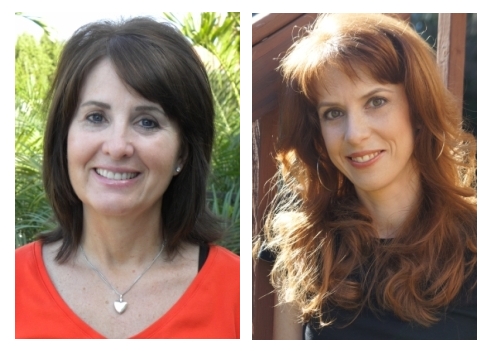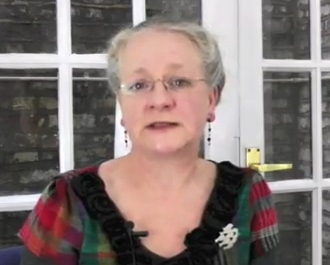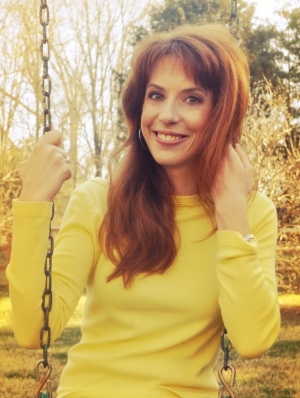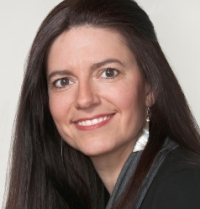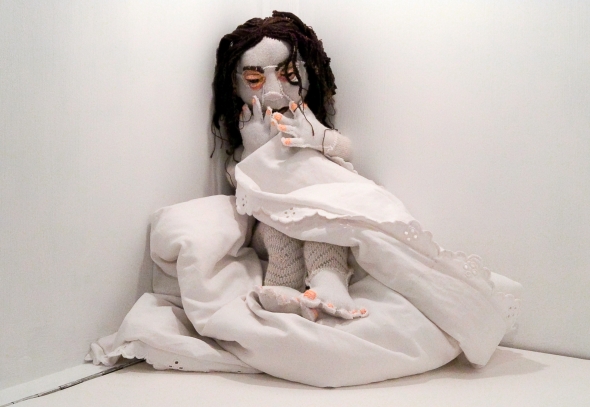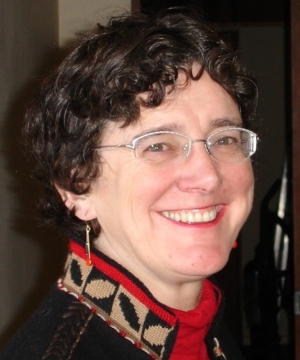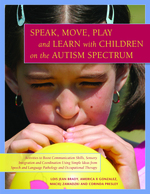“Underachieving children typically don’t feel connected. The process of training children to reframe their visual connectedness with the world is not only about vision. It is about utilizing vision to reframe the relationship between children’s inner reality and their external reality. Vision is merely the vehicle, the classroom, the training ground. The true benefits accrue when a child, perhaps your son or daughter, takes what he or she has achieved in the safe and nurturing environment of therapy and applies it to the outside world. It is then that a child’s entire sense of who they are and what they are capable of, has been modified for the better.”
